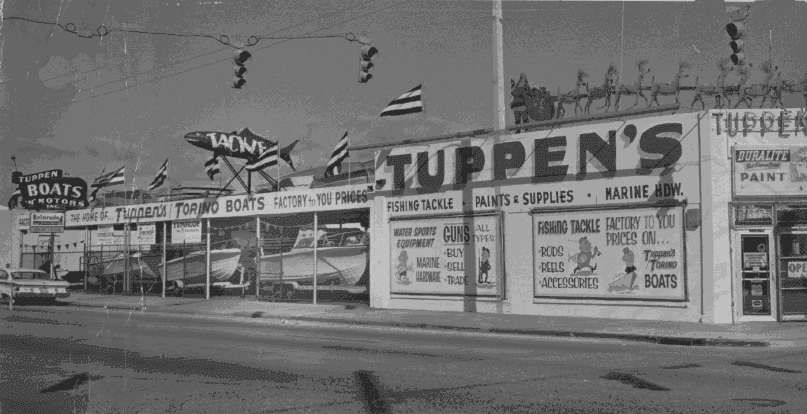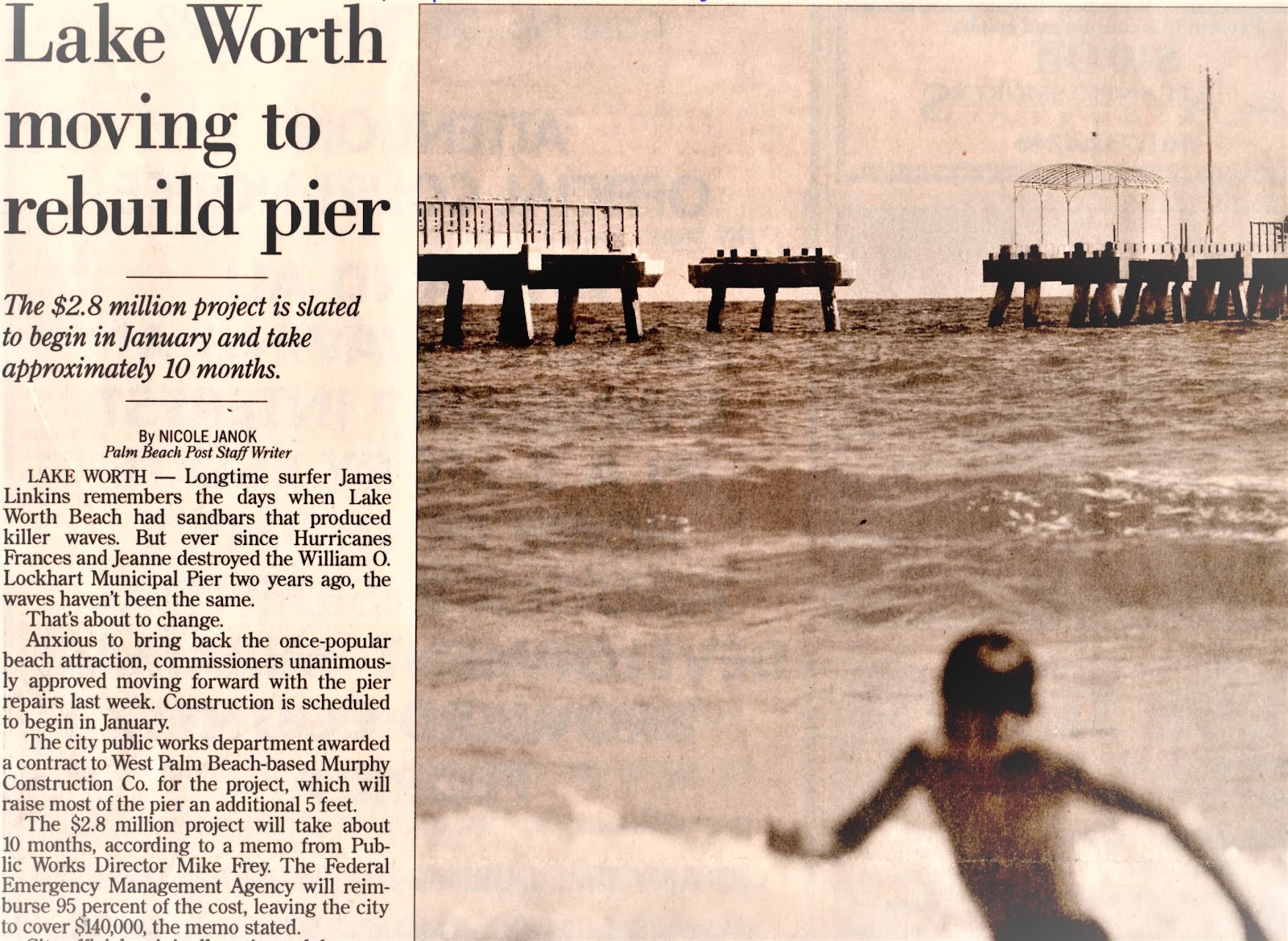Were some communities in the City of Lake Worth also affected by the "migration" of minority homeowners who went into foreclosure? West Palm Beach? Here is an excerpt from Emily Badger at Wonkblog:
Foreclosure rates during the housing bust were highest in the most integrated neighborhoods. So not only were we becoming more segregated — but the least segregated places were heavily undermined by foreclosure at the same time. The authors aren't entirely sure why this would be, but the finding speaks to the relative fragility of rare, integrated communities.
The scale of this entire foreclosure migration is deceptively large. The 10 million households that lost their homes dwarf the number that left the Great Plains during the Dust Bowl (that was about 2.5 million people). In fact, it's larger than the 6 million blacks who moved north during the Great Migration — a movement that spanned decades. [emphasis added] That number doesn't even include all the households that never went through foreclosure but moved anyway because many of their neighbors did.
If such a sizable population shift nudged us — albeit a small amount — toward a more segregated society, that bodes poorly for all the work that has to happen to head back in the other direction.





